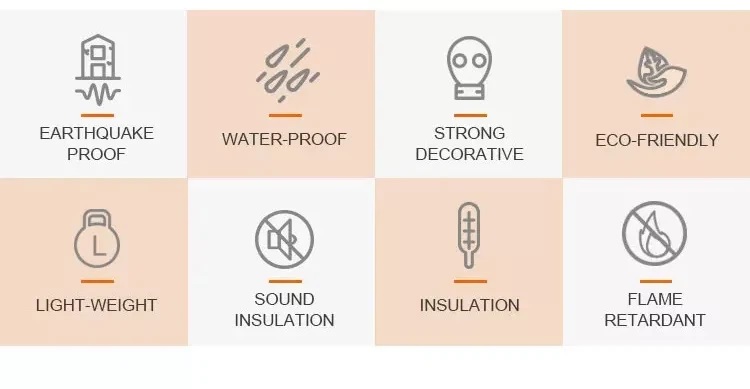Waterproof and seismic performance of container houses

The waterproofing and seismic performance of container houses depend on the construction methods, modifications, and materials used during the conversion process. Here are some considerations for both aspects:
Waterproofing:
1.Container Condition: The initial condition of the shipping container plays a crucial role. Containers should be thoroughly inspected for rust, holes, and other damage. Any issues should be addressed before converting the container into a living space.
2.Roof Design: Proper roof design is essential for preventing leaks. Flat roofs may require additional waterproofing measures, such as the installation of a waterproof membrane, to ensure water doesn't pool and penetrate the container.
3.Sealing Openings: Cutouts made for doors, windows, and other openings should be properly sealed to prevent water infiltration. Adequate flashing and weatherproofing measures are essential.
4.Insulation and Ventilation: Proper insulation helps control condensation, preventing moisture-related issues. Adequate ventilation is also crucial to reduce humidity inside the container.
5.Foundation and Site Drainage: Proper site preparation and the use of an elevated foundation can prevent water pooling around the container. Good site drainage is essential for preventing water-related problems.
Seismic Performance:
1.Foundation: The foundation plays a critical role in seismic performance. Properly designed and anchored foundations help dissipate seismic forces and prevent the container from shifting during an earthquake.
2.Structural Reinforcements: Additional structural reinforcements may be necessary to enhance the seismic performance of a container home. This may include the installation of steel braces, tie-downs, or other seismic retrofitting measures.
3.Design Considerations: The overall design and layout of the container home should consider seismic forces. For example, heavy furniture and fixtures should be properly anchored to prevent them from toppling during an earthquake.
4.Engineering Consultation: It's advisable to consult with a structural engineer or architect experienced in seismic design. They can provide insights into the specific requirements for your location and ensure that the container home meets or exceeds local building codes.
It's important to note that building codes and regulations vary by location, and compliance with local codes is crucial for ensuring both waterproofing and seismic performance. Professionals experienced in container home construction can guide you through these considerations and help create a structure that is safe, durable, and resilient.